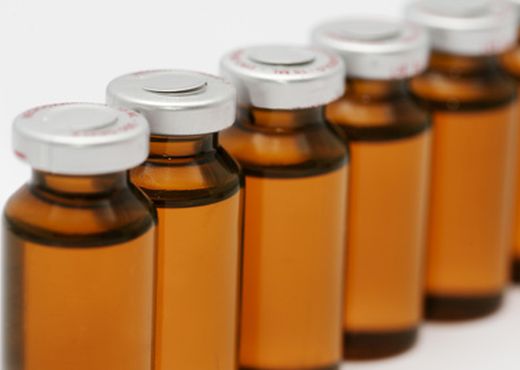
Both bivalirudin and the transradial access are strategies aimed at reducing bleeding complications in patients undergoing acute MI. However, the benefit of their combined use is not year clear. Even though both have the same goal, the transradial access can only reduce access site bleeding, compared to bivalirudin, which will potentially reduce bleeding in general. Of all bleeding events, about 40% is access site bleeding; the rest are different others, such as digestive tract bleeding.
Recent studies assessing transradial primary PCI have not shown bivalirudin to be superior to heparin.
This study assessed 67,368 patients from the “National Cardiovascular Data Cath PCI”; 29,660 received bivalirudin and 37,708 heparin. After adjusting for multiple variables, the OR for the combined end point of death, infarction, stroke for bivalirudin vs. heparin was 0.95 (CI 95% 0.87 to 1.05; p=0.152), and the OR for thrombosis stent was 2.11 (CI 95% 1.73 to 2.57), which is double the chance of stent thrombosis with bivalirudin.
Major bleeding rate resulted similar between both groups.
Conclusion
For patients undergoing transradial primary PCI anticoagulated with heparin vs. bivalirudin there were no differences as regards death, infarction or stroke between the groups.
Editorial Comment
With all the limitations these registries can have compared to randomized studies, this study somewhat confirms the answer several smaller studies and meta-analyzis have been anticipating: there is no point in combining the transradial approach with bivalirudin.
The transradial access cancels almost half the potential benefit of bivalirudin as regards bleeding (access site bleeding) and even though in theory it should still be beneficial (for example, digestive bleeding) this study with more than 67,000 patients was not able to find it.
This study only involved transradial access patients, but others who had the chance to combine both access sites and both drugs (such as the George S. Mina publicado en J Am Coll Cardiol Intv. 2016) also reached fairly interesting conclusions. Not only does the transradial access cancel the benefit of bivalirudin, bivalirudin also cancels the benefit of the transradial access.
Though this claim may sound like a pun, it could be translated as follows: in acute patients, if the transradial access were to be used, heparin anticoagulation therapy should suffice; however, if the femoral access were to be used instead, bivalirudin is superior.
Título original: Intervention for ST-Segment Elevation Myocardial Infarction Via Radial Access, Anticoagulated with Bivalirudin Versus Heparin. A Report From the National Cardiovascular Data.
Referencia: Ion S. Jovin et al. J Am Coll Cardiol Intv 2017, epub ahead of print.
Subscribe to our weekly newsletter
Get the latest scientific articles on interventional cardiology
We are interested in your opinion. Please, leave your comments, thoughts, questions, etc., below. They will be most welcome.



